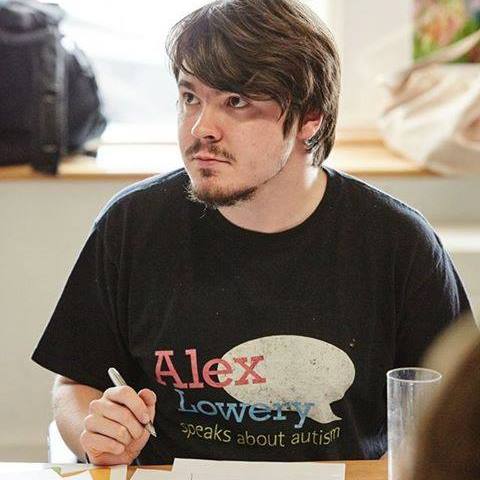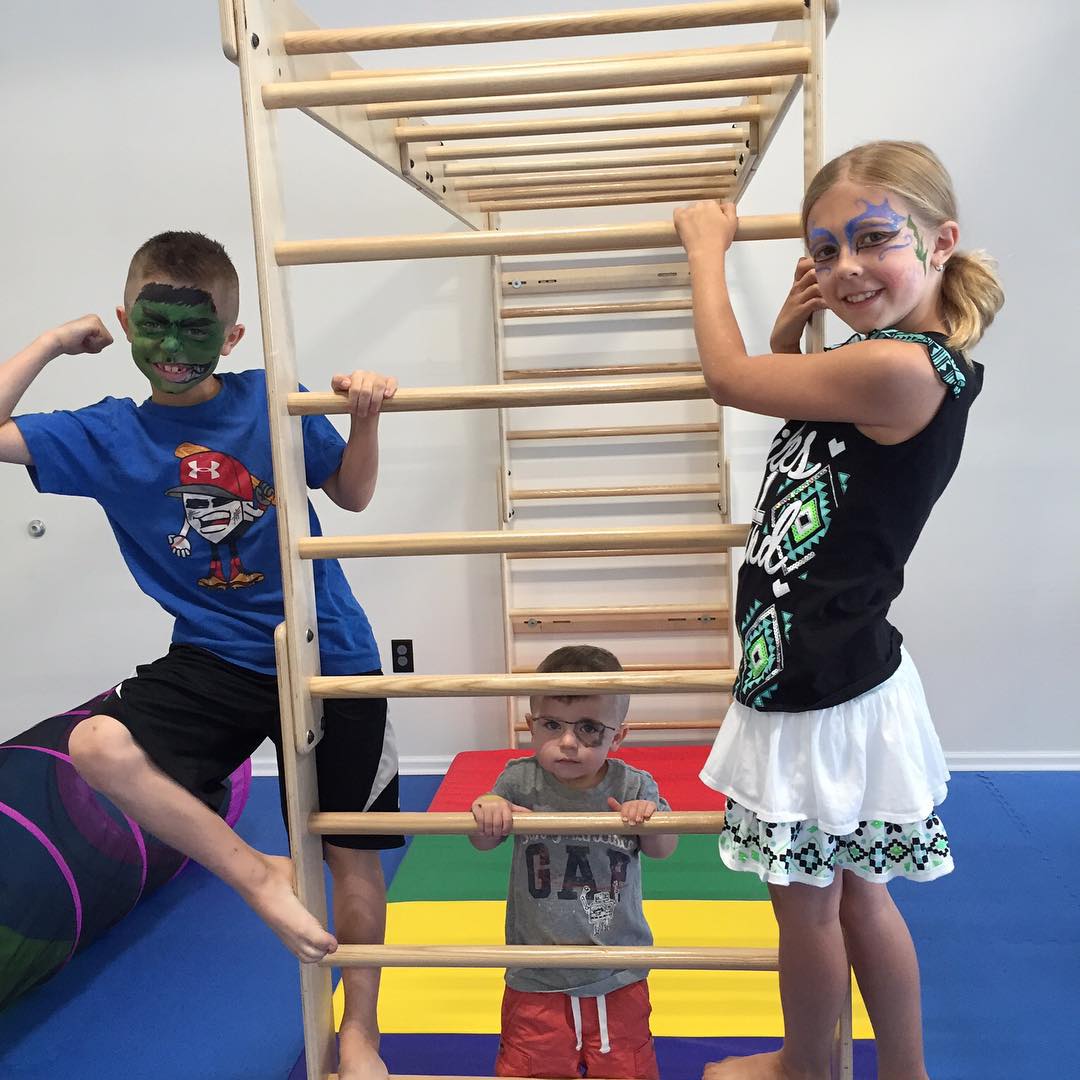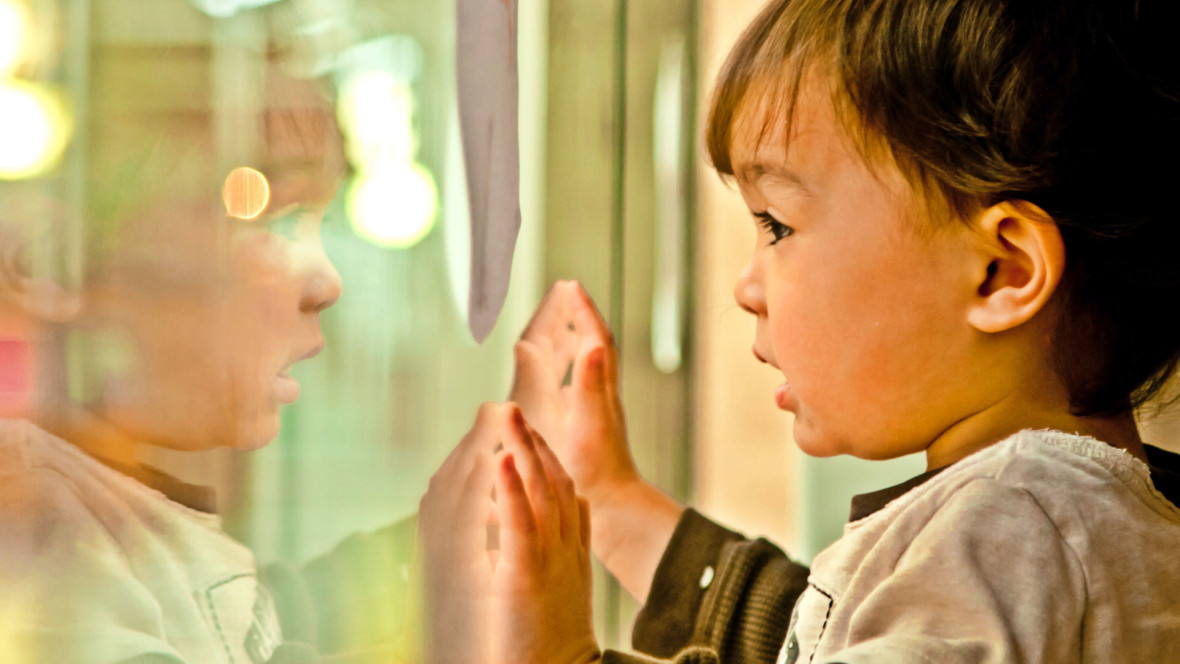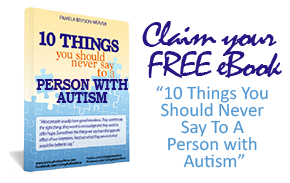
Examining my ability to paint; every stroke is instinctual since I have no training, and I rely on the use of the huge amount of stored information my Aspergers mind has observed and retained. Each painting a now create, regardless of size, is painted in less than 1 hour. When photographed during the process of creating a finished piece of artwork, my hand appears as a blur due to the movement of my hand and quickness of the application of paint to the canvas. This is the genius of a mind with Aspergers. In many ways I feel possessed during the actual act of painting, and I am reluctant to take credit for the finished work resting on the easel when I am done. What I do know is that the exploration of using a palette knife last year released me, and my use of brushes has now become less calculated and exact which allows the results to be much more impressionistic. I can now freely use both a palette knife and a brush while painting to get the desired results. The finished outcome is always a surprise to me.









